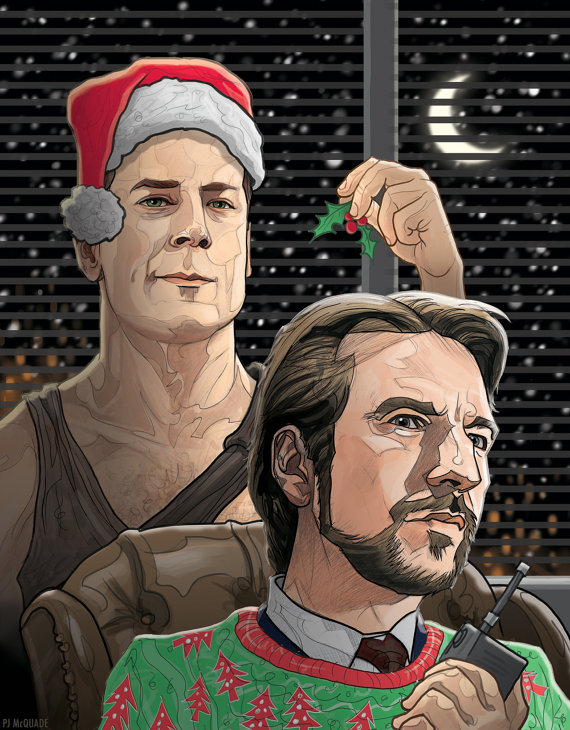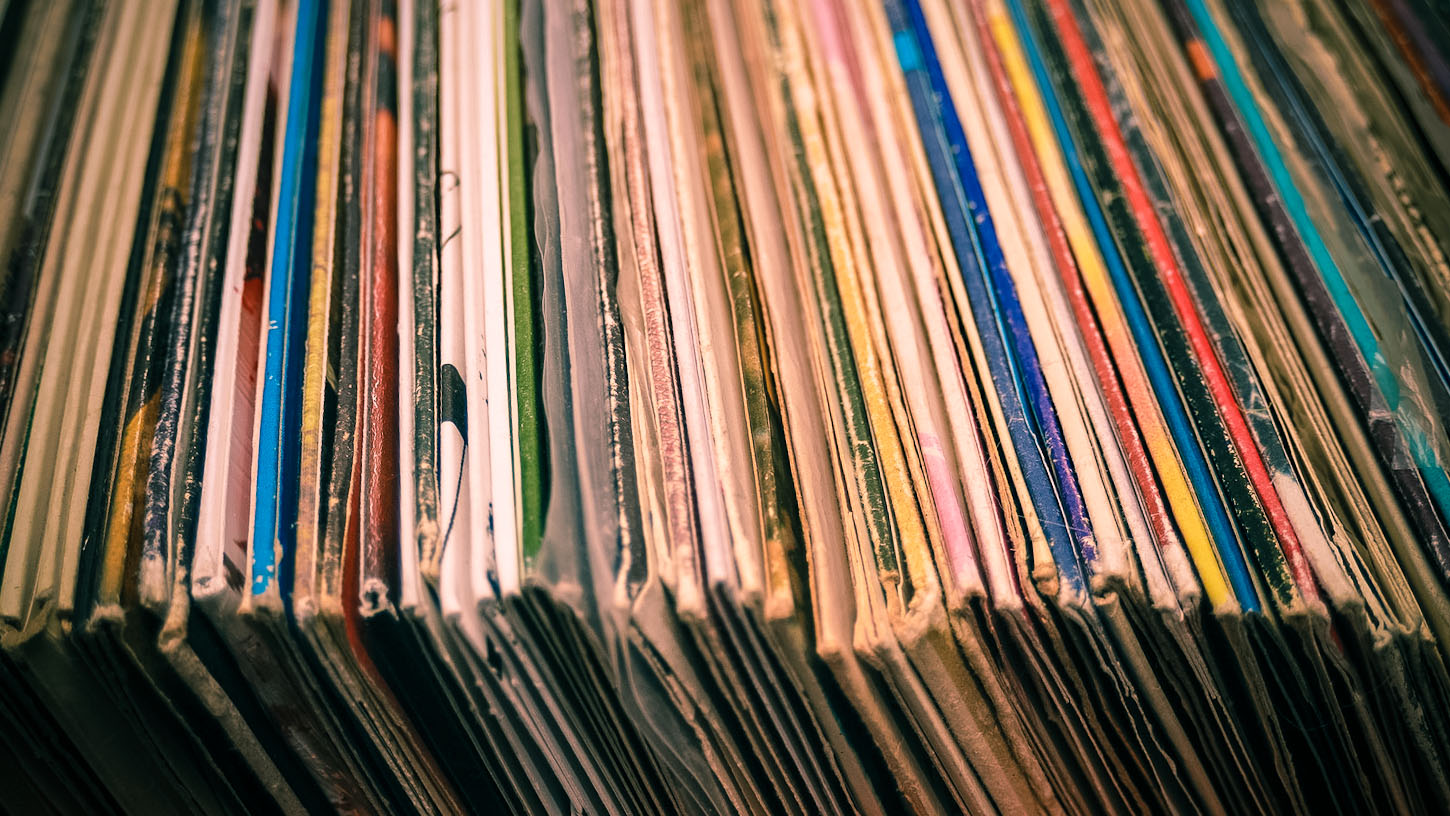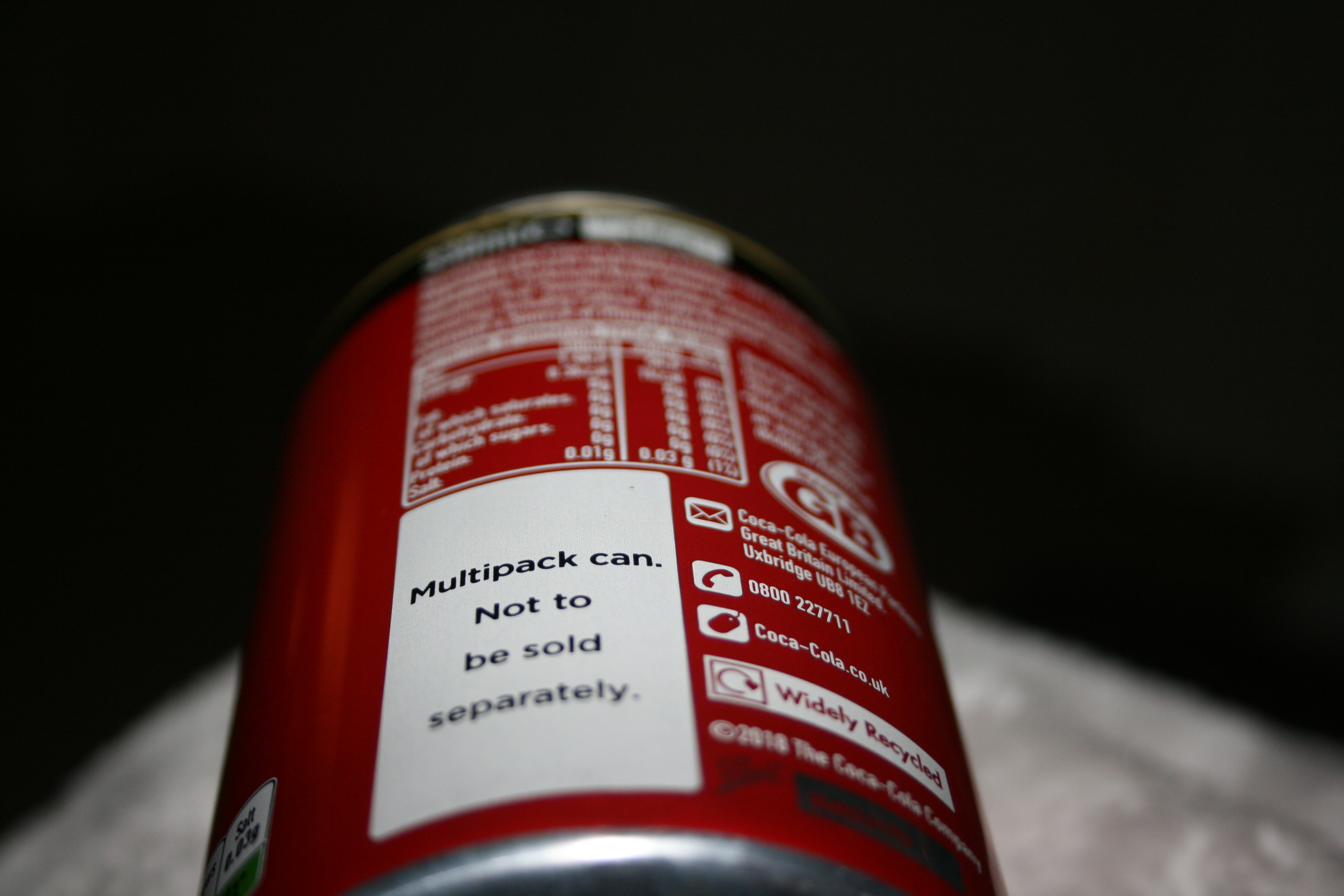“When they touch down, we’ll blow up the roof, they’ll spend a month sifting through rubble, and by the time they work out what went wrong, we’ll be sitting on a beach, earning twenty percent.”
Every year since 2014 I’ve visited The Tyneside Cinema in Newcastle to watch Die Hard at Christmas. It’s become something of an annual pilgrimage, one which I took great pride in repeating last night, despite some real changes having taken place in the previous four years. I actually ended up working at the Tyneside for a considerable period between 2014 and 2017; with me experiencing the night at other selected screenings as a member of staff.
This year also marked a change because of the newly “remastered” version of the film, leading to an increased drive in Blu Ray sales for Christmas, also meaning a fresh print of the movie in which we’re expected to be able to see a notable difference in picture and sound quality. But more on that later.
For those who don’t yet know the story, and every year seems to bring in an additional group of people who are watching this movie for the first time, Die Hard is set in Los Angeles on Christmas Eve. John McClane (Bruce Willis), a New York City cop, is visiting his estranged wife Holly at her new job. He’s hoping to take some time to reconnect with his family, and the sub current of the film – which doesn’t get explored much – is that effectively Willis is somewhat of a misogynist with a drinking problem who assumed Holly would come crawling back after a few weeks.
When Willis arrives at the party, and repeated viewings of this film will make you realise just how absurd some of the supporting dialogue in these opening scenes are, he surprises his wife just prior to the arrival of German “terrorists” led by Hans Gruber (played fantastically by the late Alan Rickman) who are ultimately working for the benefit of a third party never identified. Willis then has to fight as a “lone gunmen” against unsurmountable odds, involving the LAPD, the FBI and, ultimately, the media in his quest to continue a conversation with his wife.
The film was written adapted from the novel “Nothing Lasts Forever” and depending upon whose stories you believed, the rights are purported to have been originally owned by Frank Sinatra. Sinatra was 77 when Die Hard was filmed and was contractually obligated to have been approached for the lead role, as he’d previously stared in the novel’s original film. Another theory is that Clint Eastwood was to play his own version a few years prior, but both he, Sylvester Stallone and Arnold Schwarzenegger turned the film down.
One of the areas in which this film succeeds so well, although doesn’t receive much praise for doing so, is its supporting cast. Notable 80s actors like Paul Gleeson, William Atherton, Robert Davi and even a cameo from comedian Rick Ducommun make this film a directory for talent; yet Willis and Rickman, who themselves remain separate to each other for almost all of the film, remain in completely different locations than those outside. Part of this is rumoured to have been done owing to exhaustion, with Willis also filming Moonlighting during the same period, meaning more scenes involving the supporting cast had to be added.
The film, originally written to have a reveal towards the end between hero and villain, only avoided achieving that goal because of antics on set. The rumour goes that Alan Rickman was practicing an American accent prior to filming. Considered so good, director John McTiernan felt it was a perfect opportunity to have the pair meet without realising who the other one was. This scene was also unrehearsed, which upon re watching is phenomenal, showing just what depth of talent they had. This was also Rickman’s first day of shooting, and the actor effectively sprained his knee making the jump at the beginning of the scene.
Rewatching this film simply reminds you of how pivotal a role can be for an actor, and certainly it changed both Bruce Willis and Alan Rickman’s careers going forward. Reginald Johnson, the actor playing Al Powell however, never truly managed to find the same footing and his cameo appearance in the films sequel has been long since forgotten.
Picture wise I saw little difference in newly remastered print, with more continuity errors spotted, such as the shadow of the stage hand who knocks over the Christmas tree towards the films climax and the issues surrounding the filming of the final scene – which I’m unsure whether was now filmed earlier in the day than the preceding scenes during which Al shoots Karl and meets McClane. At the start of the film I was incredibly impressed with the colour of the sunsets, though note one scene in which the villain’s truck can be seen driving down the freeway. This truck seems to be filmed at a completely different time of day and weather condition to the rest of the film and such remasters make the print all the more obvious.
Crucially, though, the expanded light range is never taken so far that it looks unnatural or forced. Provided you’ve got a good HDR TV, you’ll see no clipping of detail in the newly invigorated light peaks, or crushing out of detail in the newly enriched dark scenes and image areas.
The 4K Blu-ray image is also a worthwhile upgrade over the HD Blu-ray when it comes to sharpness and detail. There’s a beautiful density and granular quality to the image that just isn’t present on the HD Blu-ray. Plus, you get far more texture and minutiae in everything from clothing to facial close-ups and the Nakatomi Tower’s stark combination of stylish and sterile environments.
Die Hard remains as riveting and engaging 30 years (and many viewings) on as it did when it first exploded into cinemas in 1988. The only difference now is that it looks unprecedentedly glorious in its new 4K and HDR clothes.






Recent Comments: